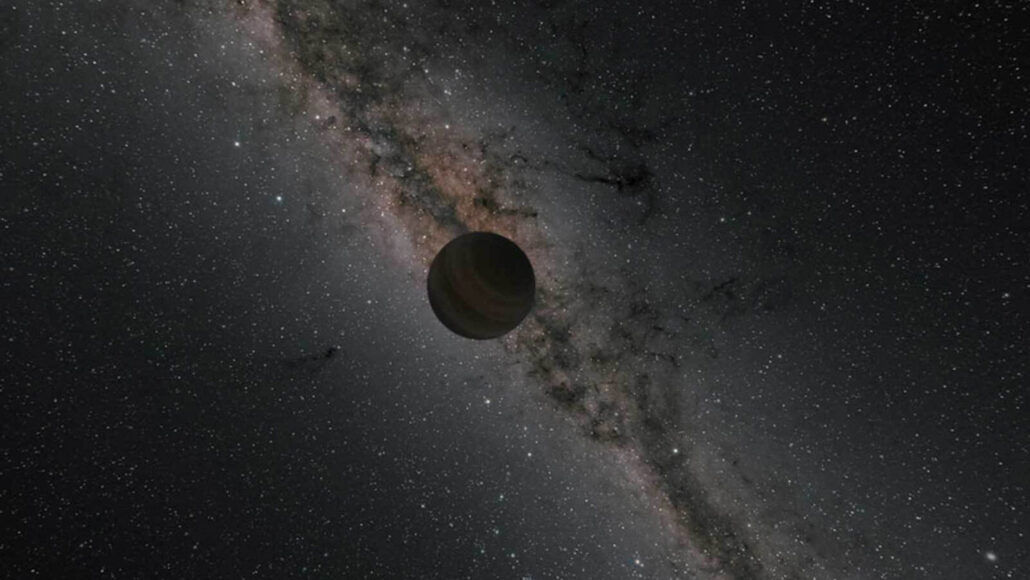Questions for “Rogue planets wander the galaxy all alone”

A newfound planet (seen here in an illustration) is about the mass of Earth and has no sun. Instead, it floats through the galaxy alone.
NASA/JPL-Caltech/R. Hurt (Caltech-IPAC)

A newfound planet (seen here in an illustration) is about the mass of Earth and has no sun. Instead, it floats through the galaxy alone.
NASA/JPL-Caltech/R. Hurt (Caltech-IPAC)